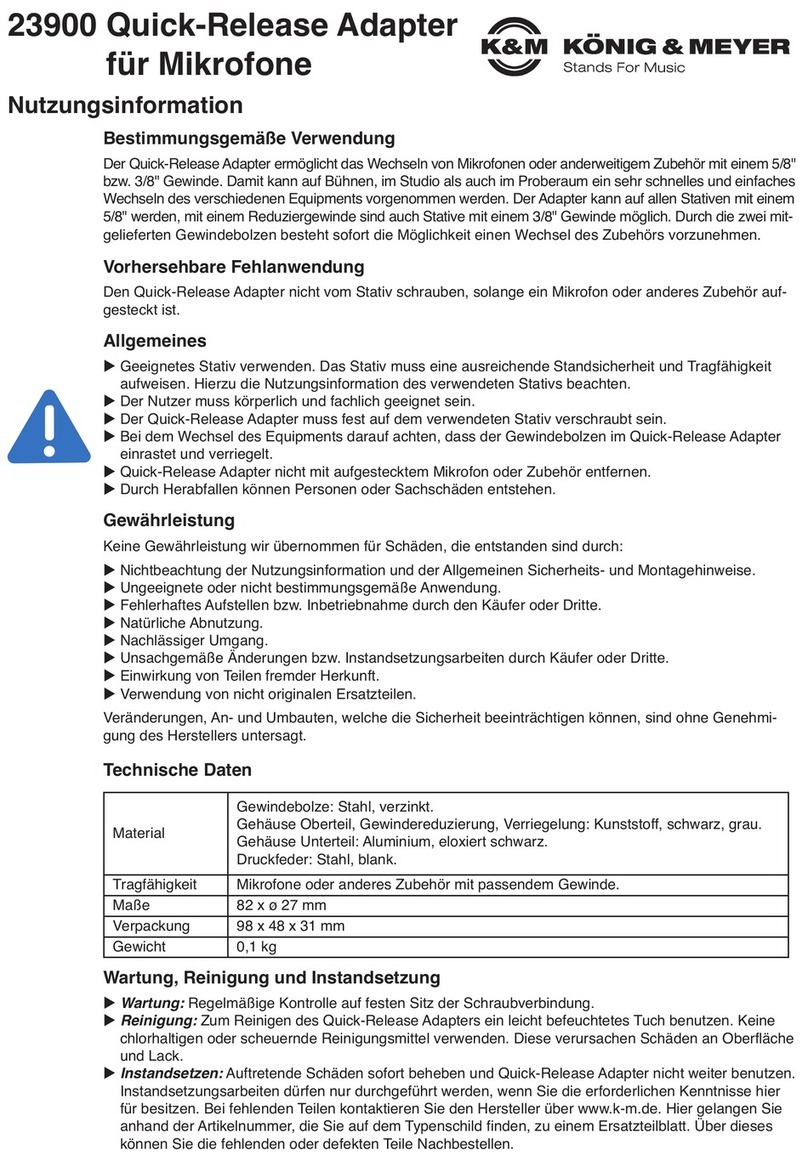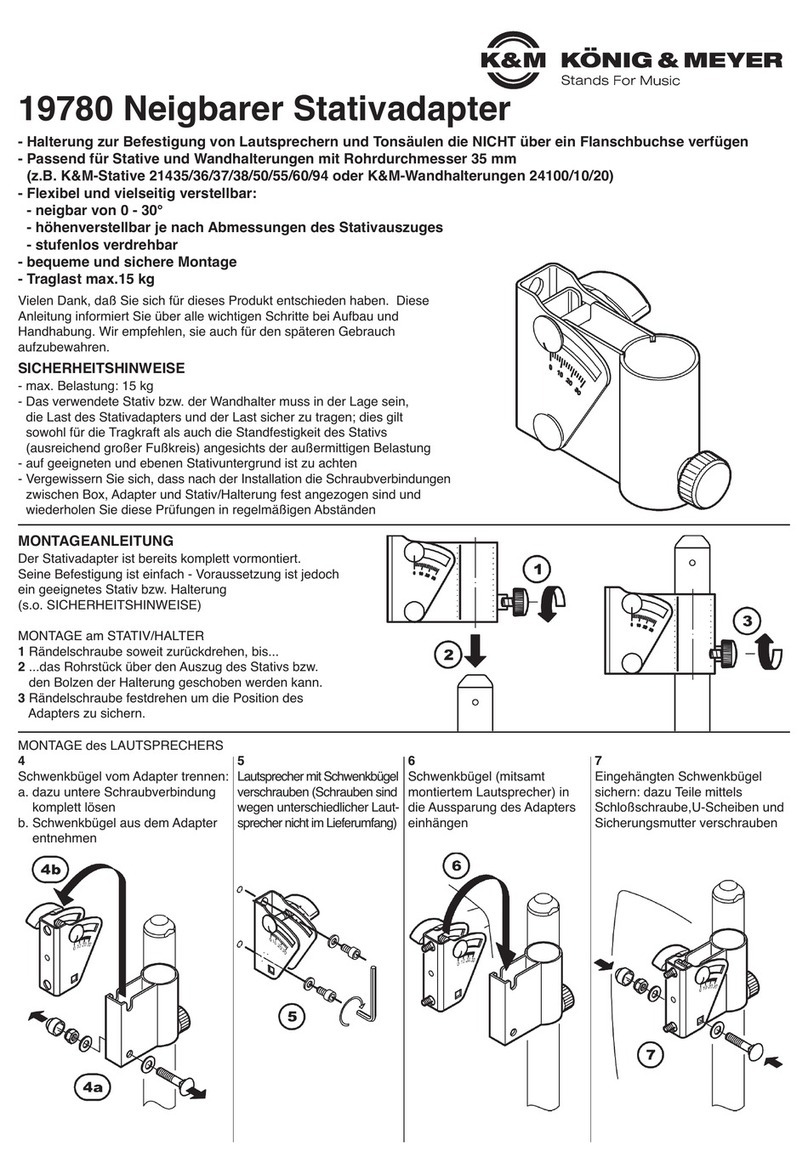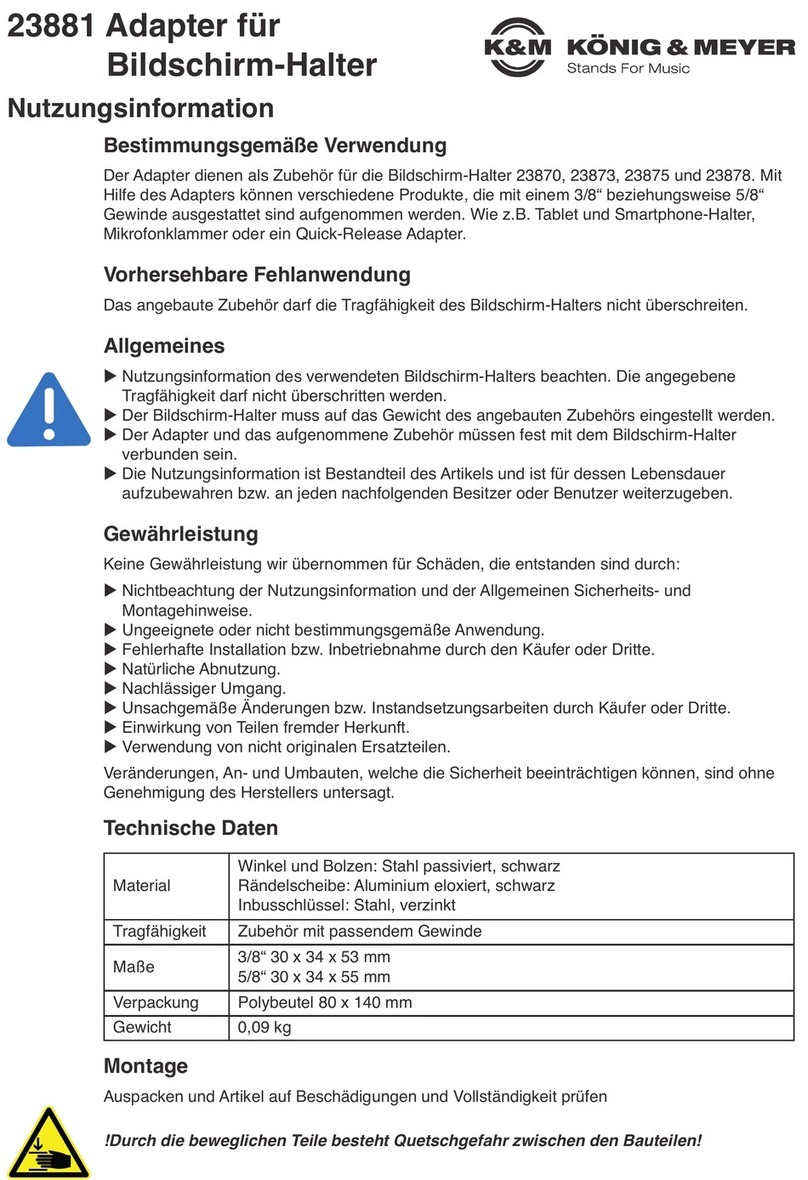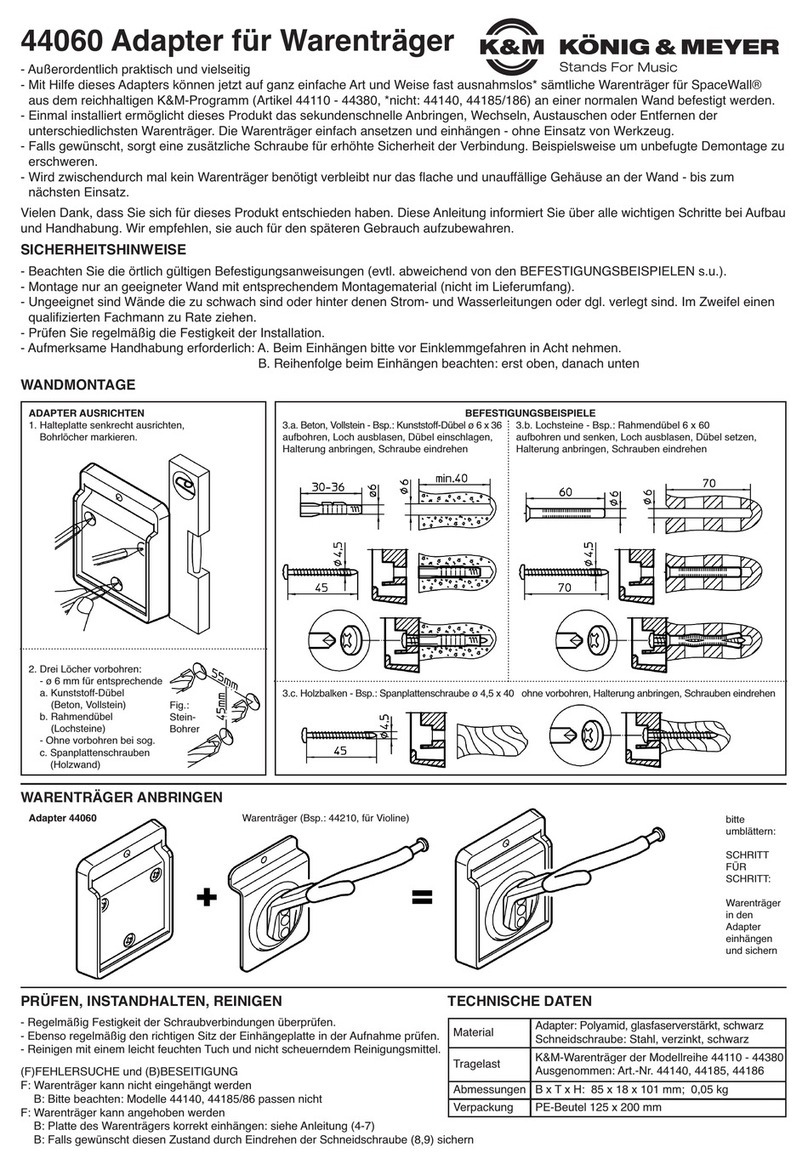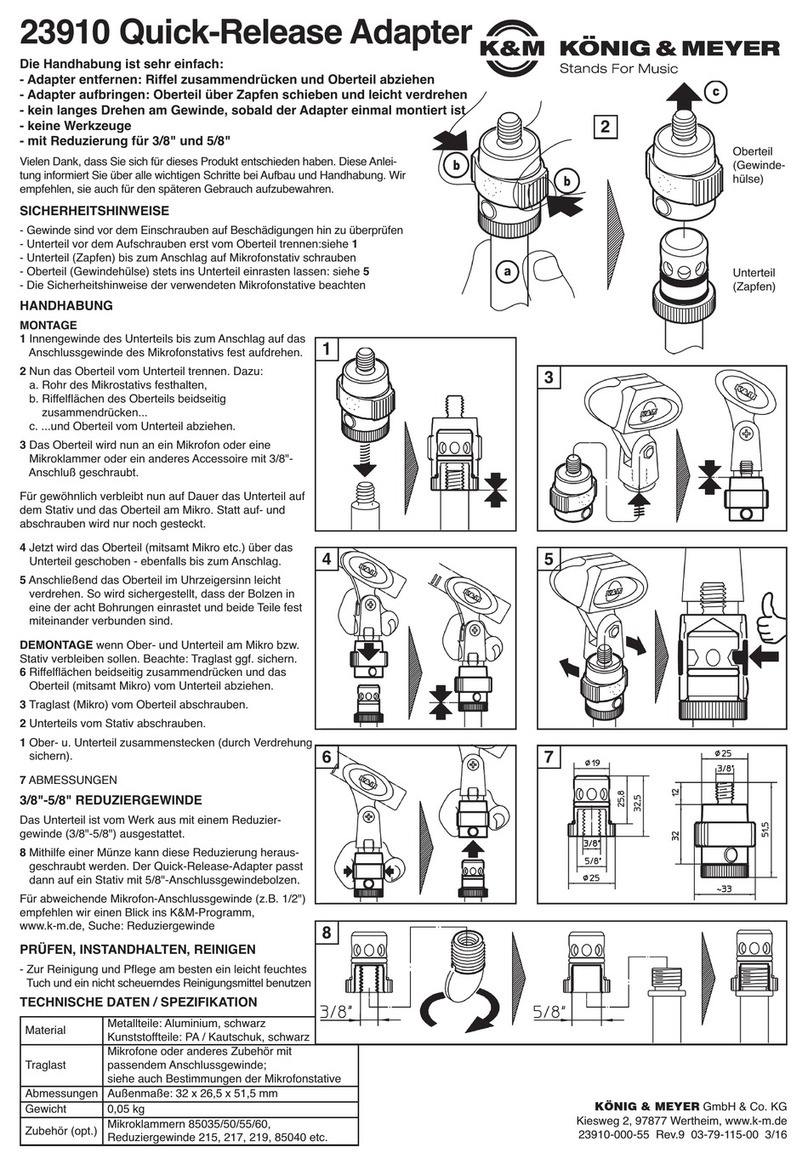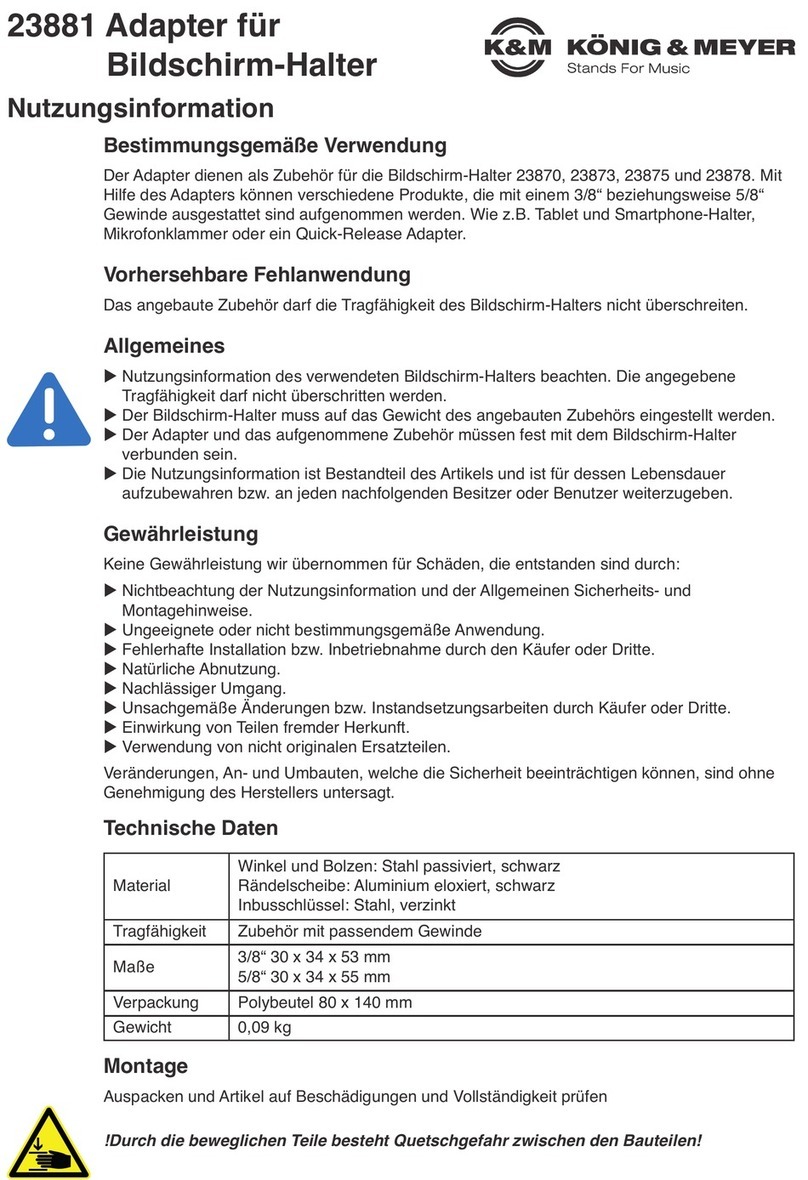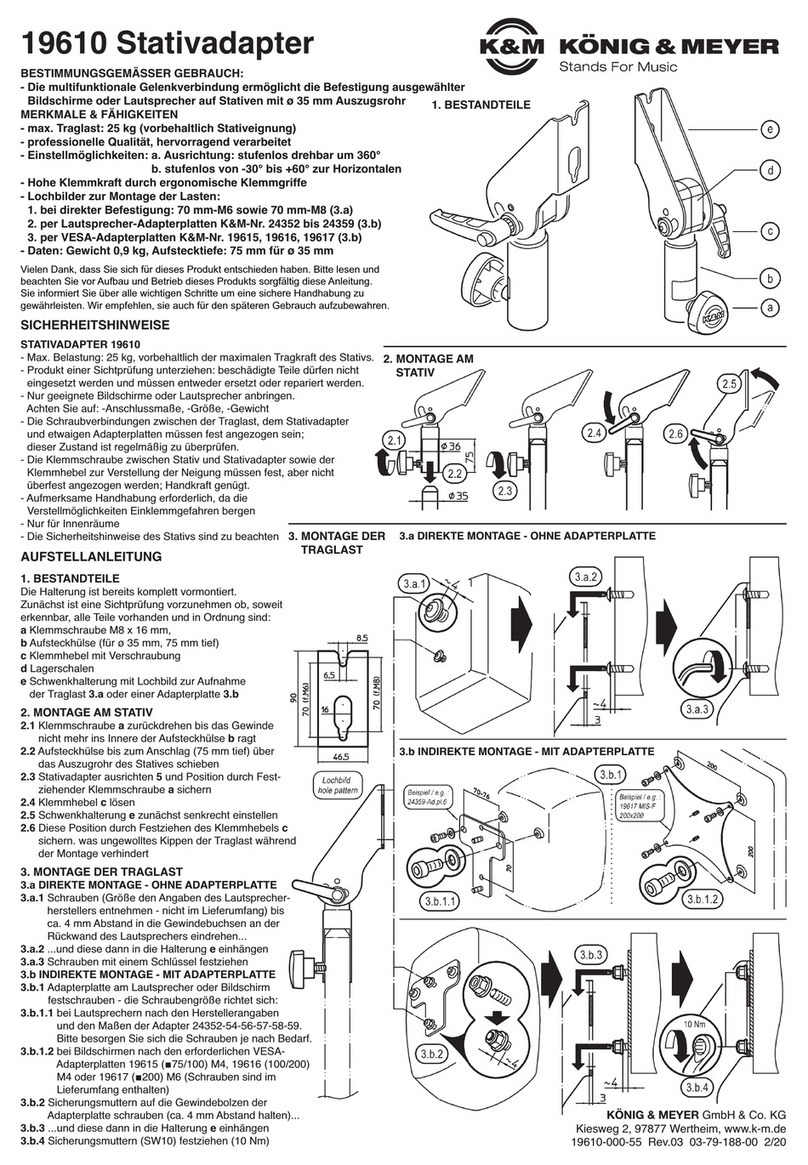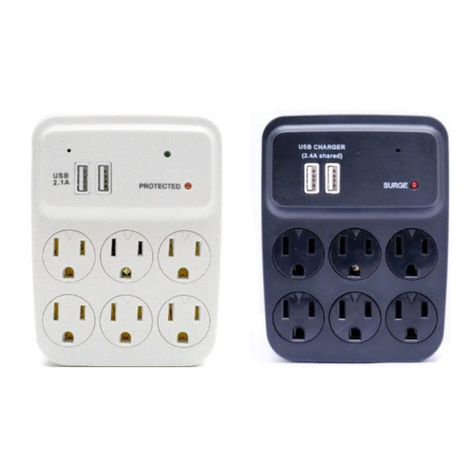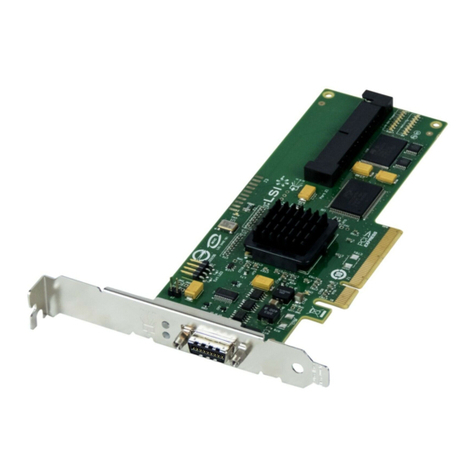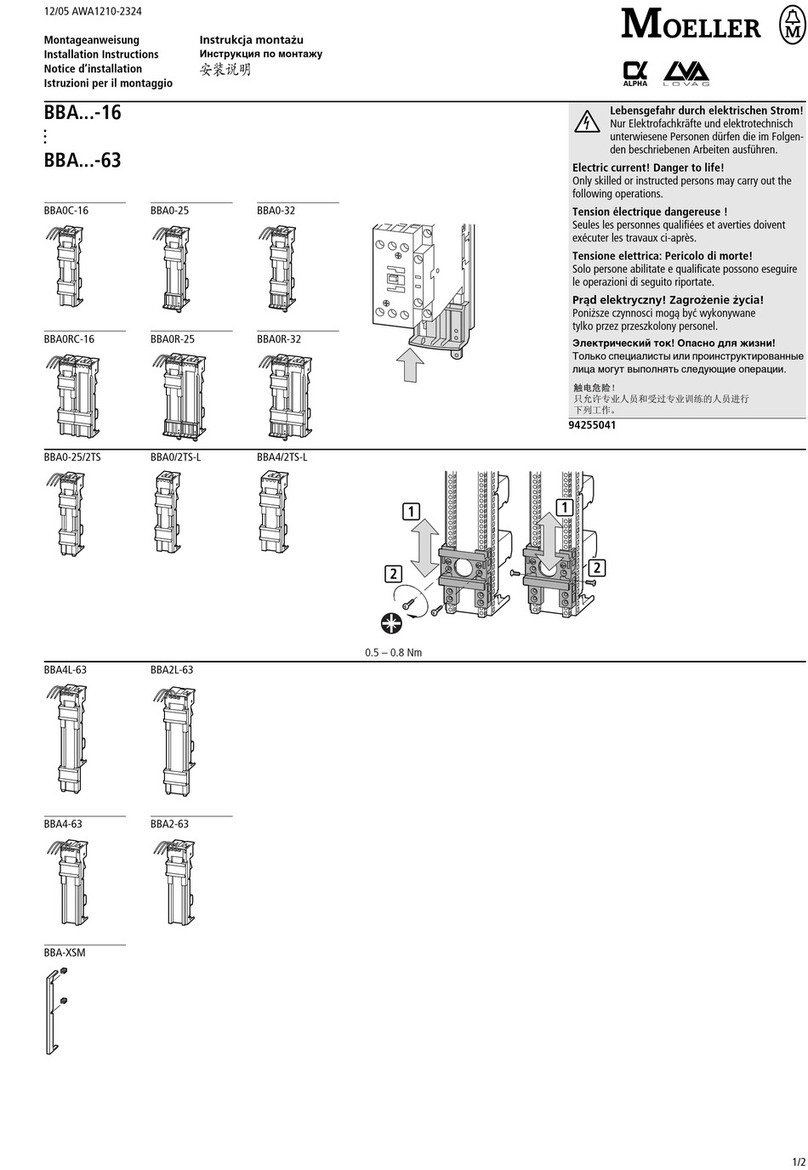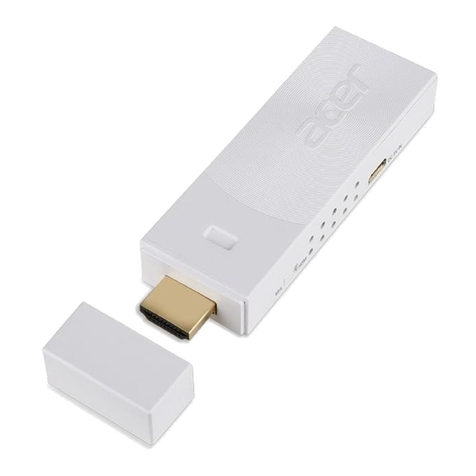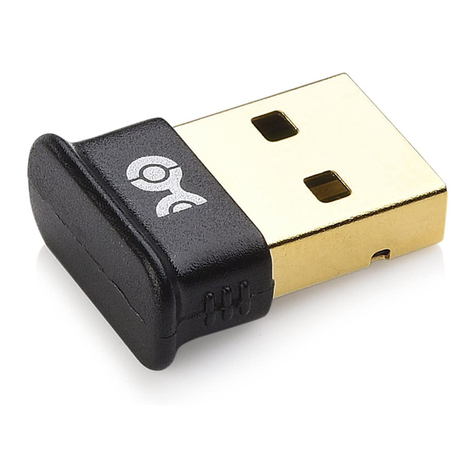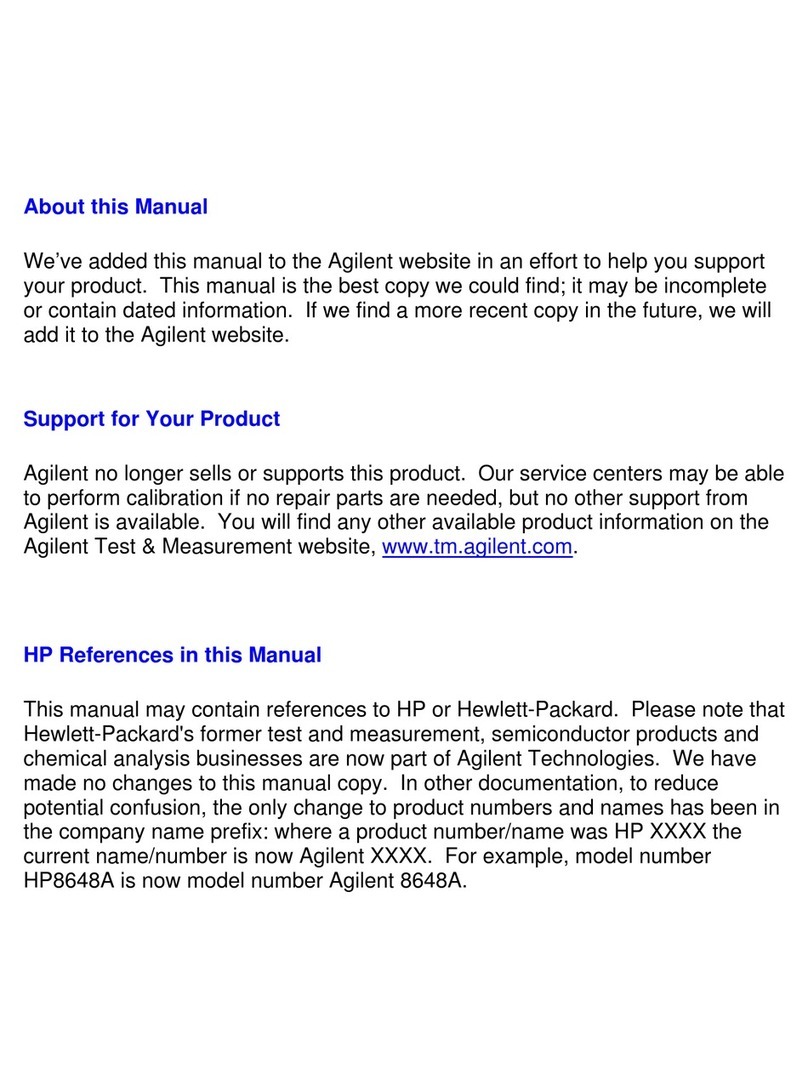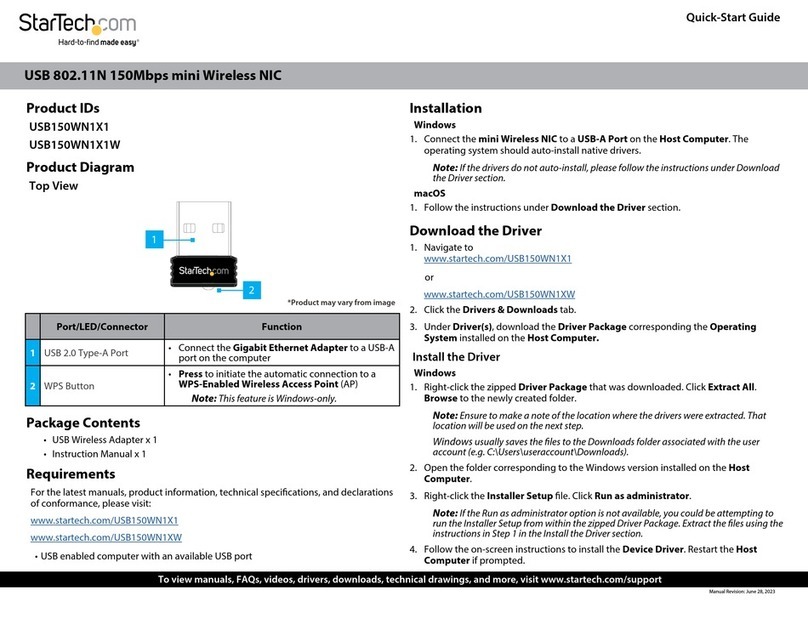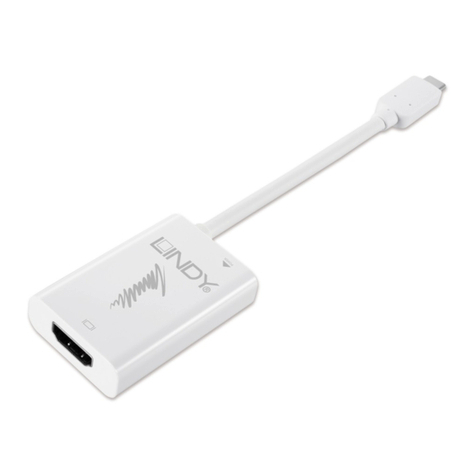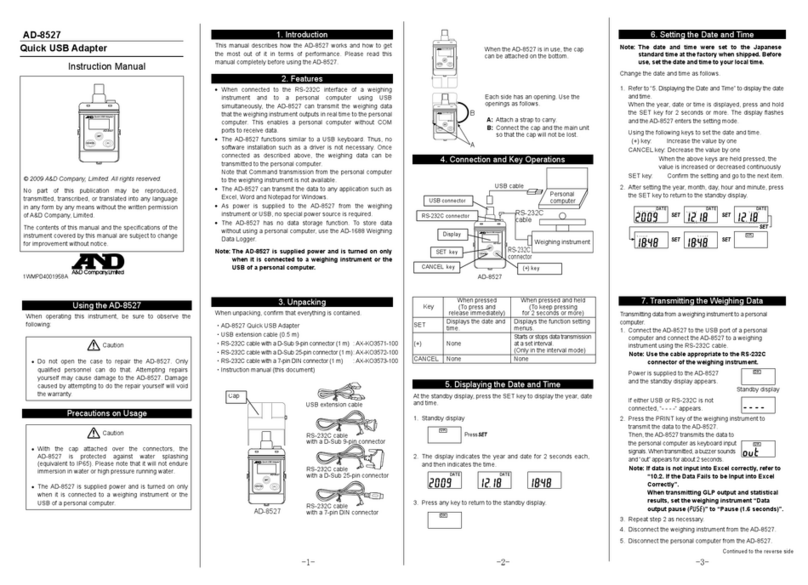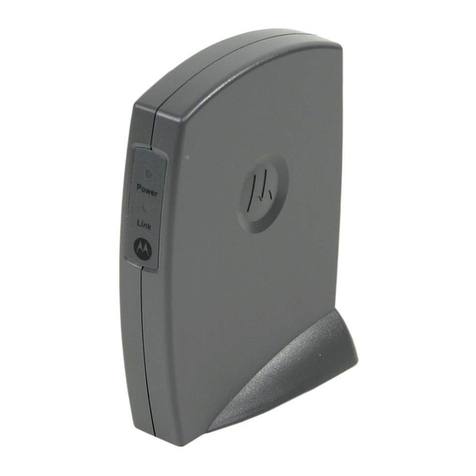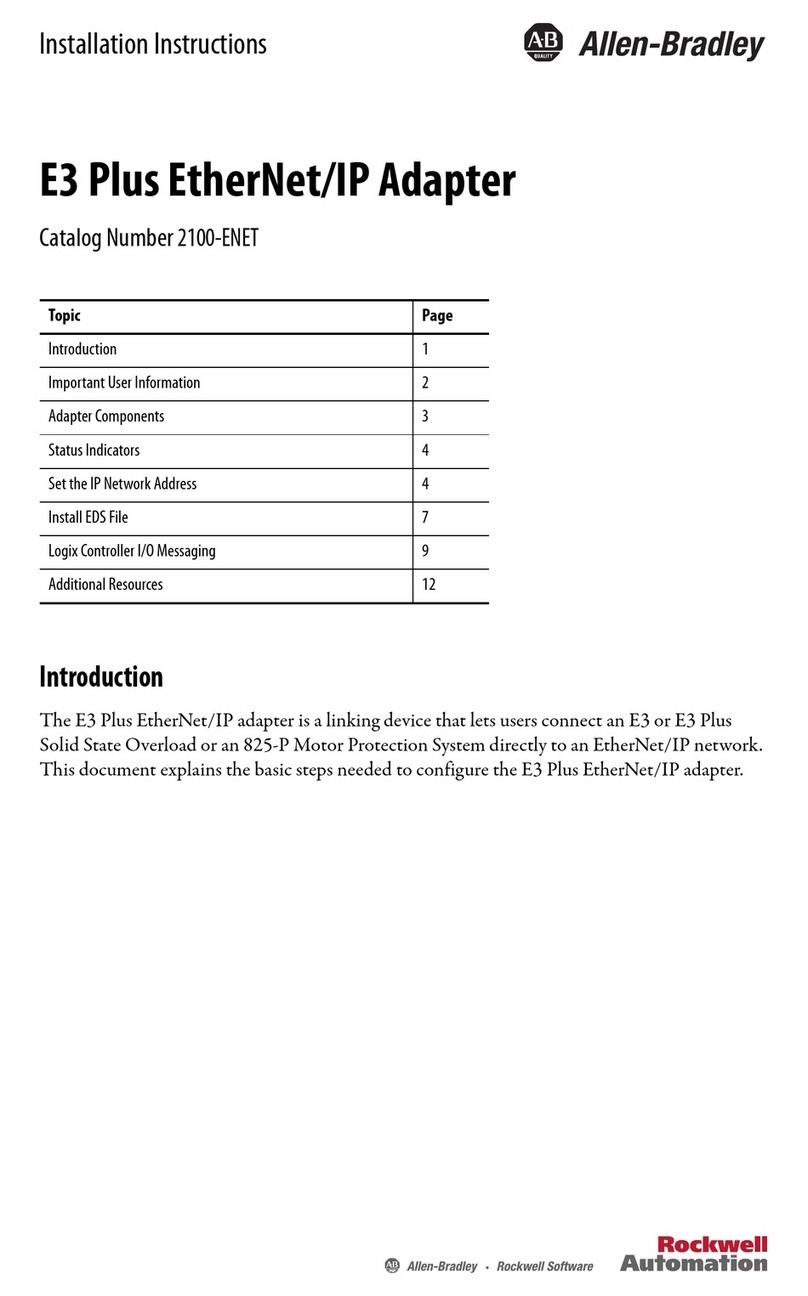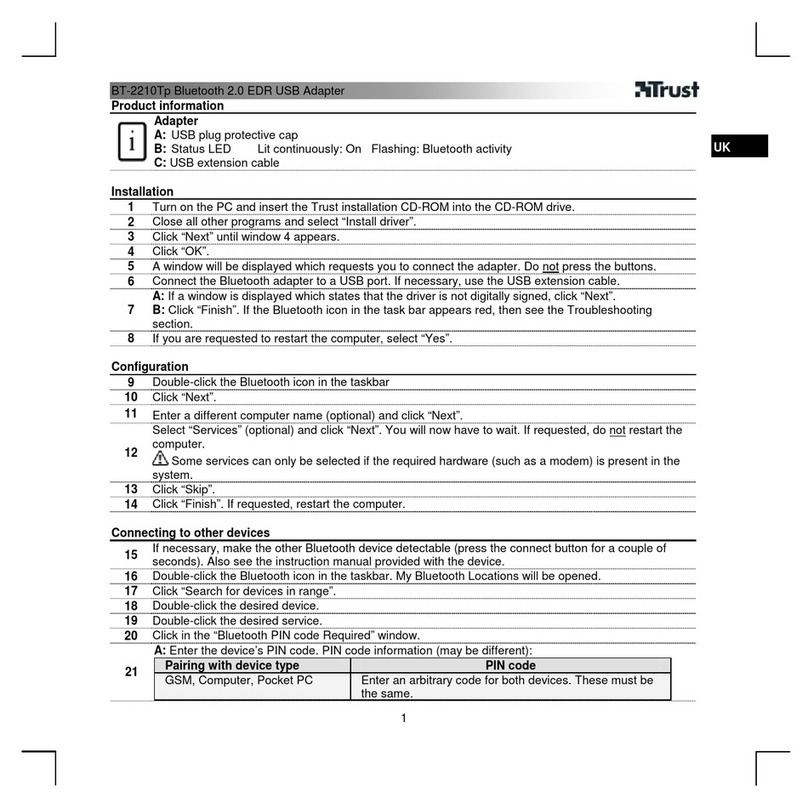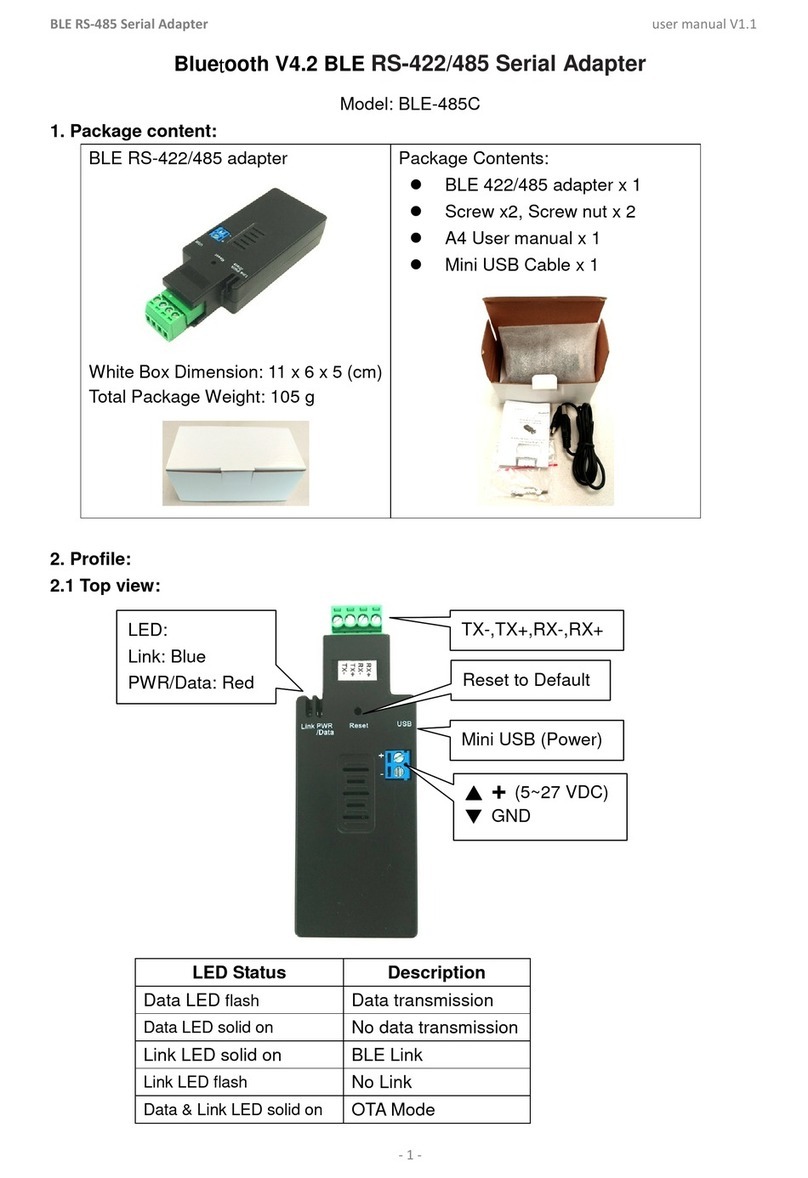WARTUNG
BENUTZERHINWEISE / FUNKTIONEN 5. NEIGUNG
6. RICHTUNG
9. ABMESSUNGEN
5. / 6. / 7. / 8. EINSTELLUNGEN
Im Zusammenspiel mit dem jeweiligen Basisstativ:
- Keyboardständern plus Universalhalterungen
- Geräteständern
- Mikrofonstativen,
kann der 19685 in RICHTUNG, NEIGUNG, HÖHE,
ABSTAND (18817) höchst flexibel eingestellt werden.
HINWEIS:
Achten Sie darauf, dass bei dieser Tätigkeit weder
der Adapter, der Bildschirm noch Beteiligte Schaden
nehmen. Gegebenenfalls empfehlen wir, zuvor die
Adapterplatte (+ Bildschirm) vom Gelenk zu nehmen.
5. NEIGUNG
5.1 Adapterplatte/Bildschirm festhalten
5.2 Knebelmutter lösen und…
5.3 …Adapterplatte stufenlos neigen:
5.3.1 - vertikal 90°,
5.3.2 - nach vorn (ca. 15-40°),
5.3.2.1 HINWEIS: Irgendwann schlägt der
5.3.2.1 Bildschirm am Stativrohr an.
5.3.3 - nach hinten bis in die Horizontale (0°)
5.3.4 - Einstellungen nach hinten über die
5.3.4 - 0°-Horizontale hinaus in den negativen Bereich
5.3.4 - sind möglich, jedoch nicht empfehlenswert.
5.3.4.1 HINWEIS: Die Sicherheit der Verbindung ist
5.3.4.1 durch den Zapfen Zdes Hebels zwar gegeben
5.3.4.1 - es entfällt jedoch die zusätzliche Sicherung
5.3.4.1 -durch die konische Prismenverbindung ST.
5.4 Knebelmutter wieder festziehen.
6. RICHTUNG um 360° stufenlos verdrehbar
6.1 Rändelscheibe aus der Konterung mit dem
6.1 Gelenk lösen und nach unten drehen.
6.2 Adapter nun in die gewünschte Richtung drehen.
6.3 Abschließend Rändelscheibe wieder nach oben
6.3 drehen um die eingestellte Richtung zu fixieren
6.3 und das Gewindespiel zu beseitigen.
HINWEIS:
Wiederholtes Verdrehen des Adapters (nach oben)
könnte ungewollt die Sicherheit der Schraubverbindung
gefährden. Achten Sie auf eine ausreichend tiefe
Verschraubung (mind. 2-3 Umdrehungen).
7. HÖHE (siehe Anleitungen der Stative und Halter)
8. ABSTAND (siehe Anleitung 18817 Universalhalter)
9. ABMESSUNGEN
9.1 LOCHBILDER: VESA MIS-D 100 x 100 mm
VESA MIS-D 75 x 75 mm
9.2 ABMESSUNGEN: B x H x T: 115 x 150 x 81 mm
9.3 VERPACKUNG: Karton 150 x 140 x 55 mm
10. AUFBEWAHRUNG
Wenn es der Bildschirmkoffer erlaubt, empfiehlt es
sich, die Adapterplatte am Bildschirm zu belassen.
VORTEIL:
Die Steck-/Zapfenverbindung ermöglicht eine schnelle
und sichere Montage/Demontage des Bildschirmes
und schont seine feinen M4-Gewindebohrungen.
- Schonender Umgang erhält die Funktion, die Tragkraft
-und Langlebigkeit des Adapters.
- Beschädigte Teile dürfen nicht weiterverwendet werden.
-Sie müssen entweder ersetzt bzw. repariert werden.
- Bei Wartungsarbeiten Traglast entfernen und auf
-Gefährdungen (Kippen, Stoßen, Klemmen) achten.
- Zur Reinigung ein leicht feuchtes Tuch und ein nicht
-scheuerndes Mittel benutzen.
KÖNIG & MEYER GmbH & Co. KG
Kiesweg 2, 97877 Wertheim, www.k-m.de
19685-300-55/19685-500-55 Rev.25/24 03-80-125-00 7/23
FEHLERSUCHE (F) und BESEITIGUNG (B)
F: Gewindebolzen des Statives passt nicht zum Adapter
F: B: Passende Gewinde sind: BSW-3/8" bzw. UNS-5/8"-27G
F: B: HINWEIS: M10 könnte mit BSW-3/8" verwechselt werden
F: Verschraubung zwischen Adapter und Stativ wackelt
F: B: Adapter mind. 2-3 Gänge auf das Stativ drehen 3.2
F: B: Rändelscheibe mit Adapter kontern 3.3
F: Bildschirm verändert ungewollt die Neigung
F: B: Traglast zu hoch? Max. 5 kg
F: B: Knebelmutter nachziehen; Zustand der beiden
F: B: Gummischeiben büberprüfen
F: Bildschirm wackelt am Halter
F: B: Festsitz der Prismenverbindung sicherstellen
F: B: Eingriff des Zapfens in die Freimachung sicherstellen
F: B: M4 Befestigungsschrauben am Schirm überprüfen
Material
Adapterplatte, Schwenkgelenk: Stahl, gepulvert
Verschraubung: Stahl, verzinkt
Knebelmutter: Stahl/Kunststoff (PP)
Plattenhalterung, Pilz: Zinklegierung, gepulvert
Klemmscheiben: Gummi mit Gewebeeinlage
Varianten 19685-300-55 (3/8")
19685-500-55 (5/8")
Traglast LCD/LED-Bildschirme, max. 5 kg
Abmessungen Lochbild VESA 75/100
Verpackung Karton: 150 x 140 x 55 mm
vertikal
horizontal
Neigung
nach vorn
(Neigung nach hinten)
- nicht empfohlen -
negativ
